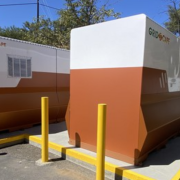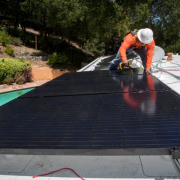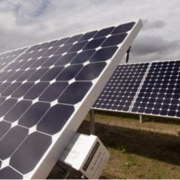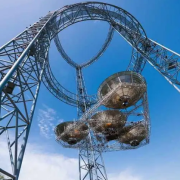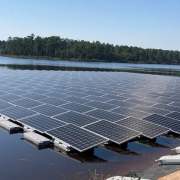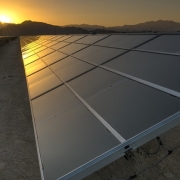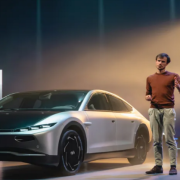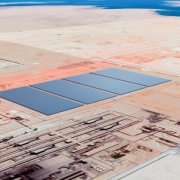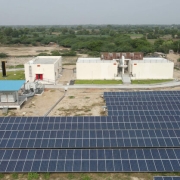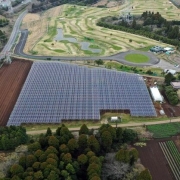Investor-owned utility SDG&E and the City of San Diego are launching a dozen microgrid projects with energy storage across San Diego, California, following similar announcements elsewhere in the state.
San Diego Gas & Electric (SDG&E) received approval on June 24 from the California Public Utilities Commission (CPUC) to build four microgrid projects at existing substations in the San Diego region, with a combined 39MW/180MWh of energy storage capacity.
The units will help the state of California meet high energy demand, particularly on hot summer days and during peak demand evening hours when solar generation is low. They will be able to operate independently or in parallel with the larger regional grid ensuring critical community facilities remain powered during grid-level outages.
Click here to read the full article
Source: Energy Storage News
—
If you have any questions or thoughts about the topic, feel free to contact us here or leave a comment below.

